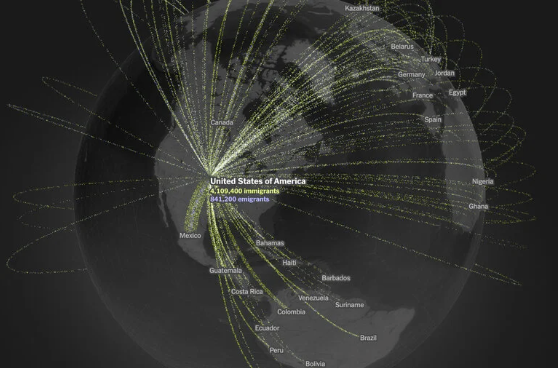Essay by John Cassidy: “It isn’t clear where the term “Luddite” originated. Some accounts trace it to Ned Ludd, a textile worker who reportedly smashed a knitting frame in 1779. Others suggest that it may derive from folk memories of King Ludeca, a ninth-century Anglo-Saxon monarch who died in battle. Whatever the source, many machine breakers identified “General Ludd” as their leader. A couple of weeks after the Rawfolds attack, William Horsfall, another mill owner, was shot dead. A letter sent after Horsfall’s assassination—which hailed “the avenging of the death of the two brave youths who fell at the siege of Rawfolds”—began “By Order of General Ludd.”
The British government, at war with Napoleon, regarded the Luddites as Jacobin insurrectionists and responded with brutal suppression. But this reaction stemmed from a fundamental misinterpretation. Far from being revolutionary, Luddism was a defensive response to the industrial capitalism that was threatening skilled workers’ livelihoods. The Luddites weren’t mindless opponents of technology but had a clear logic to their actions—an essentially conservative one. Since they had no political representation—until 1867, the British voting franchise excluded the vast majority—they concluded that violent protest was their only option. “The burning of Factorys or setting fire to the property of People we know is not right, but Starvation forces Nature to do that which he would not,” one Yorkshire cropper wrote. “We have tried every effort to live by Pawning our Cloaths and Chattles, so we are now on the brink for the last struggle.”
As alarm about artificial intelligence has gone global, so has a fascination with the Luddites. The British podcast “The Ned Ludd Radio Hour” describes itself as “your weekly dose of tech skepticism, cynicism, and absurdism.” Kindred themes are explored in the podcast “This Machine Kills,” co-hosted by the social theorist Jathan Sadowski, whose new book, “The Mechanic and the Luddite,” argues that the fetishization of A.I. and other digital technologies obscures their role in disciplining labor and reinforcing a profit-driven system. “Luddites want technology—the future—to work for all of us,” he told the Guardian.The technology journalist Brian Merchant makes a similar case in “Blood in the Machine: The Origins of the Rebellion Against Big Tech” (2023). Blending a vivid account of the original Luddites with an indictment of contemporary tech giants like Amazon and Uber, Merchant portrays the current wave of automation as part of a centuries-long struggle over labor and power. “Working people are staring down entrepreneurs, tech monopolies, and venture capital firms that are hunting for new forms of labor-saving tech—be it AI, robotics, or software automation—to replace them,” Merchant writes. “They are again faced with losing their jobs to the machine.”..(More)”.

